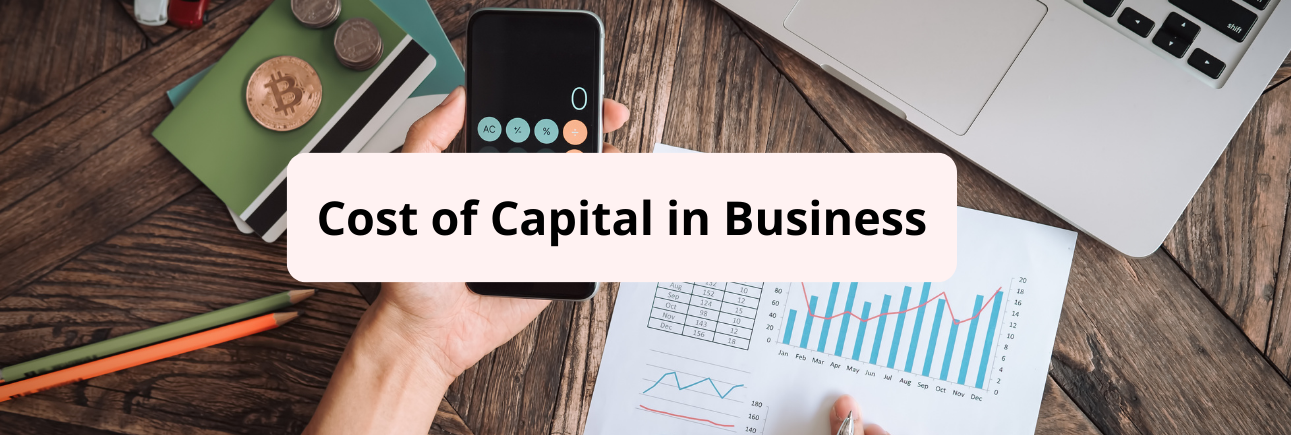

The cost of capital in business refers to the expense a company incurs to fund its operations and investments through a mix of debt and equity. It represents the required rate of return that investors and creditors expect to receive for providing the company with their capital. It is an essential concept in finance as it helps businesses evaluate potential projects and make decisions regarding their financing and investment strategies.
1. Cost of Debt: This represents the interest rate a company pays on its borrowed funds. It includes the cost of bank loans, bonds, or any other debt instruments used to raise capital.
2. Cost of Equity: This refers to the return expected by the company's shareholders or equity investors. It is the minimum rate of return that compensates investors for the risk they undertake by investing in the company's common stock.
The cost of capital is crucial in determining whether a company should undertake a particular project or investment. If the return on a project exceeds the cost of capital, it is considered a worthwhile investment as it generates a positive net present value (NPV). On the other hand, if the project's return falls short of the cost of capital, it may not be financially viable, and the company might consider other alternatives.
Calculating the cost of capital involves considering the specific costs of debt and equity financing and their respective weights in the company's capital structure. The formula for calculating the weighted average cost of capital (WACC) is commonly used:
WACC = (E/V) * Re + (D/V) * Rd * (1 - Tc)
Where:
E = Equity capital
D = Debt capital
Re = Cost of equity
Rd = Cost of debt
V = Total capital (E + D)
Tc = Corporate tax rate
Keep in mind that the cost of capital can vary among companies and industries based on their risk profile, credit rating, market conditions, and overall economic factors. Companies with a higher risk of default or perceived as riskier by investors may have a higher cost of capital, while more stable companies with strong financials might have a lower cost of capital.